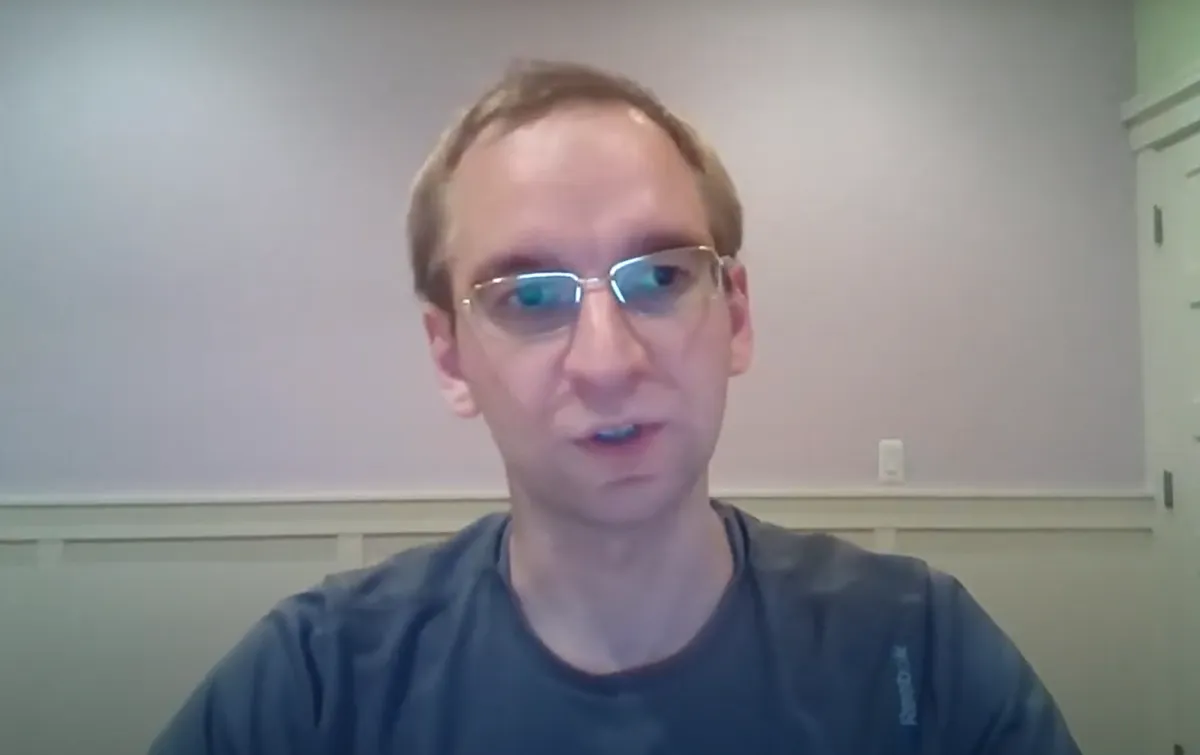
In the last 24 hours, Curve Protocol's governance token, $CRV, plummeted by 24% after its founder, Michael Egorov, had his positions liquidated on several decentralized lending platforms. Contrary to conventional understanding, such liquidations in the DeFi do not necessarily equate to total financial loss. Egorov managed to recover nearly $100 million in stablecoins from a $140 million $CRV collateral.
However, the story begins much earlier. Along with being the founder, Egorov is one of Curve’s largest stakeholders, having collected $CRV tokens since the project’s inception in August 2020. He has used these tokens to borrow funds on various DeFi lending platforms.
In 2023, Curve suffered a major security breach, resulting in a $50 million hack that precipitated a steep decline in the value of $CRV. This event highlighted the shortcomings of Egorov’s high-risk borrowing strategy as he himself nearly faced liquidation. Nevertheless, intervention by notable figures in the cryptocurrency community, who bought significant amounts of Egorov’s $CRV tokens at discount prices, helped avert the liquidation of about $100 million in DeFi loans secured by $CRV tokens.
Egorov was able to sell 159.4 million $CRV to 33 investors. In exchange, he received $63.76 million in stablecoins, which allowed him to repay his loans and avoid liquidation amid the falling prices of $CRV—keeping the loans financially stable for almost a year.
The latest market downturn, however, initiated no such rescue efforts, suggesting that Egorov neither sought nor required intervention this time. Before facing liquidation, he borrowed $95.7 million in stablecoins (primarily $crvUSD) against a $141 million value in $CRV across five separate accounts on multiple protocols.
As the market took another nosedive, Egorov’s positions started to approach the liquidation threshold again, with various on-chain analytics platforms, including Arkham, pointing to Egorov’s “nearing liquidation” loans.
$140M CRV nearing Liquidation
— Arkham (@ArkhamIntel) June 12, 2024
Curve founder Michael Egorov is currently borrowing $95.7M in stablecoins (mostly crvUSD) against $141M in CRV, across 5 accounts on 5 protocols.
Based on current rates, Egorov is paying $60M annualized in order to keep his positions open on… pic.twitter.com/ipTlWLZOAx
As panic among $CRV holders grew and the price of $CRV kept dropping, Egorov’s positions across all five addresses eventually fell below the liquidation threshold. With that, platforms initiated massive $CRV sell-offs, adding more pressure and pushing prices even lower.
Interestingly, despite the drama and scope of these liquidations, an Ethereum core developer pointed out that Egorov didn’t walk away empty-handed. He managed to extract $100 million from his $140 million $CRV stash, cleverly avoiding the backlash that could have erupted if he sold directly on the market. His method of using the lending platforms as an intermediary offered somewhat of a shield from direct scrutiny.
While Egorov ended up pocketing $100 million, the primary victims here seem to be the $CRV investors. Additionally, the liquidations created around $10 million in bad debt for the Curve Platform. However, unsurprisingly, Egorov has pledged to cover these losses.
As for $CRV, its price has been on a downward spiral since 2022, losing over 98% of its value since hitting its peak back in 2020.

